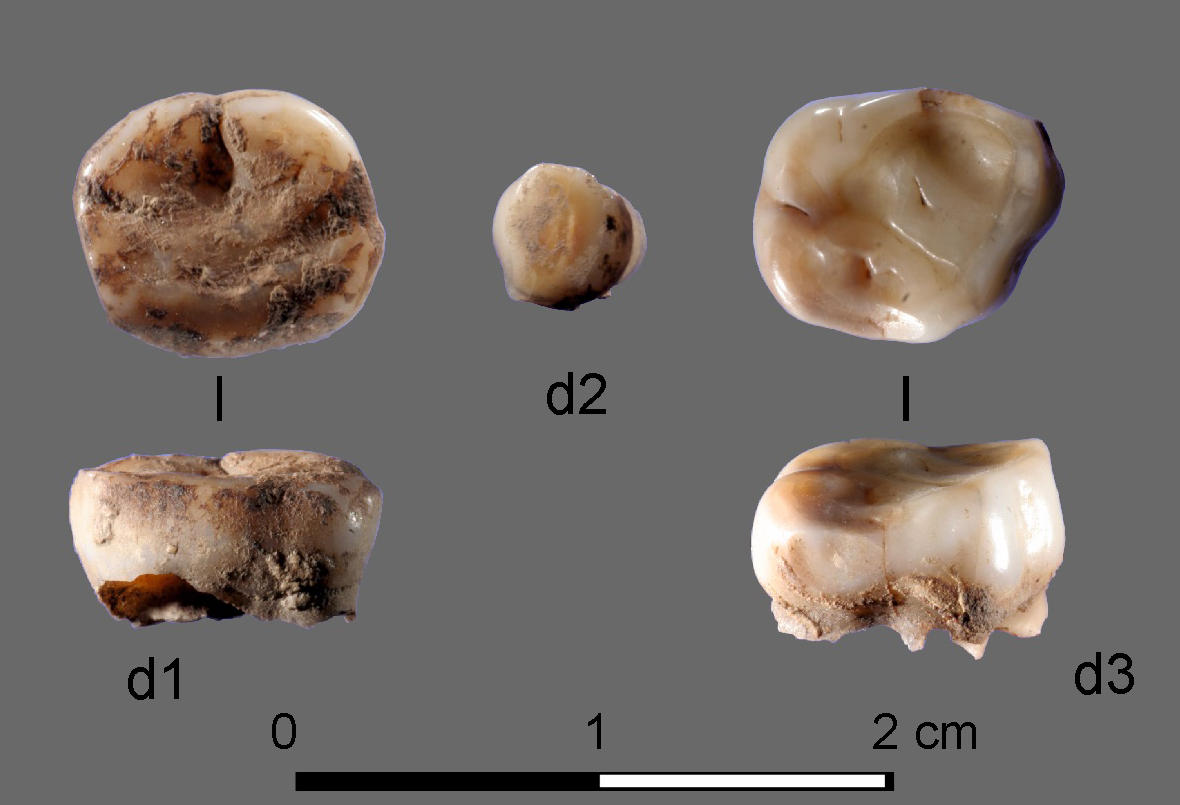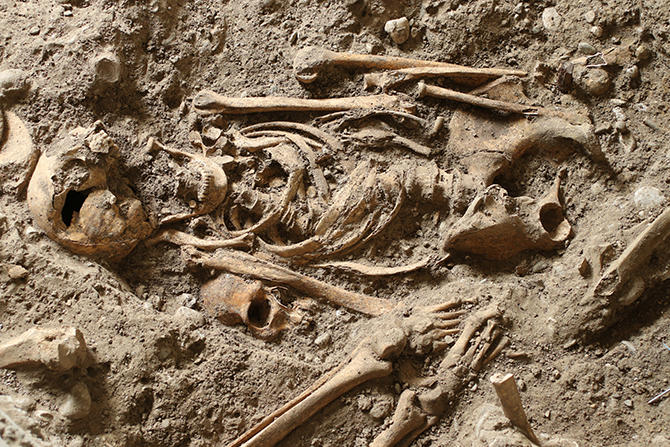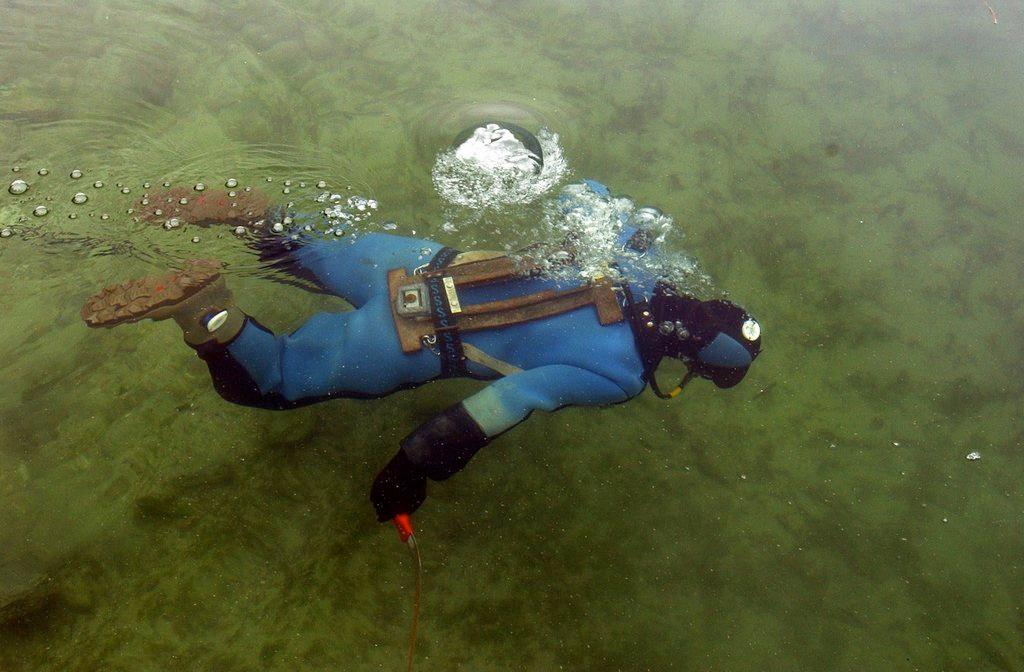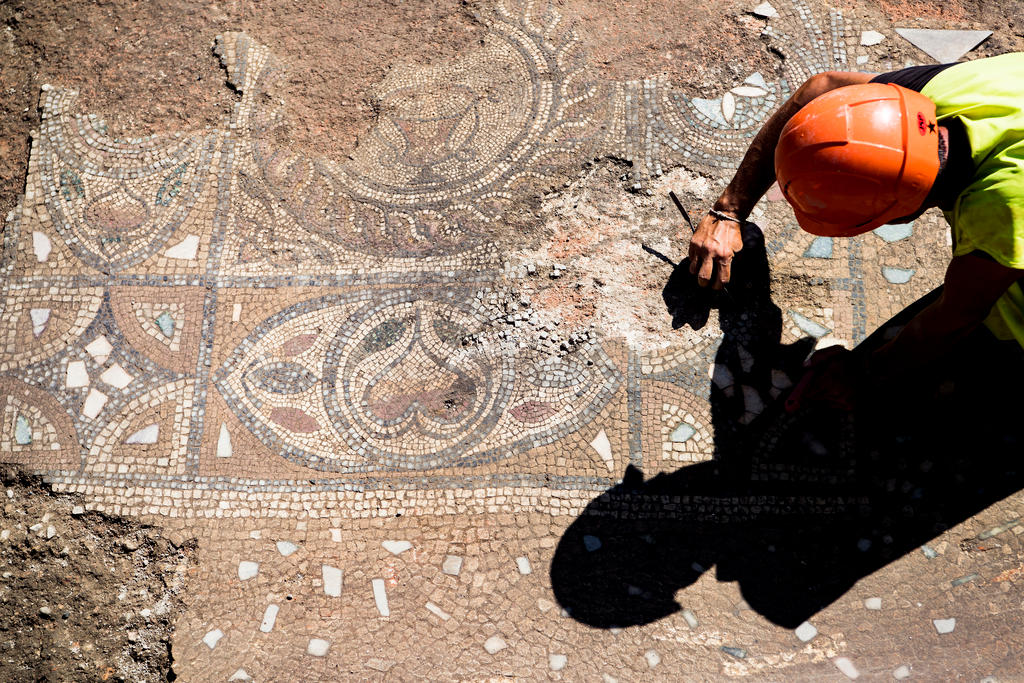Baby teeth reveal previously unknown ancient Siberians

An international research group has found two 31,000-year-old milk teeth – and through them a previously unknown population group in north-eastern Siberia.
The team was exploring an archaeological site on the Russian River Jana when it discovered two 31,000-year-old human milk teeth. DNA analysis revealed that the teeth belonged to people from a previously unknown population group: the Ancient North Siberians, who were alive during the last ice age.
“Remarkably, the Ancient North Siberian people are more closely related to Europeans than Asians and seem to have migrated all the way from Western Eurasia soon after the divergence between Europeans and Asians,” Laurent Excoffier of the University of Bern’s Institute of Ecology and EvolutionExternal link said in a statement published on ThursdayExternal link.
The results of the study show that the Ancient North Siberians lived under extreme conditions and were very mobile. They ate woolly mammoths, woolly rhinoceroses and bison.
The study, which was published in the specialist journal Nature on Wednesday, also brought further remarkable findings to light: 10,000-year-old human remains at another site in Siberia revealed a genetic relationship with the indigenous peoples of America. It was the first time such a genetic connection was discovered outside the United States.
This is the missing link in the chain to understand the genetic lineage of the indigenous peoples of America, says study leader Eske WillerslevExternal link, professor at St John’s College at the University of Cambridge and director of the Lundbeck Foundation Center for GeoGenetics at the University of Copenhagen.
In research, it is generally accepted that humans came to America for the first time by crossing the Bering Strait from Siberia to Alaska, using a land bridge that existed before the last ice age ended.

More
Facing up to Switzerland’s Roman past

In compliance with the JTI standards
More: SWI swissinfo.ch certified by the Journalism Trust Initiative




You can find an overview of ongoing debates with our journalists here. Please join us!
If you want to start a conversation about a topic raised in this article or want to report factual errors, email us at english@swissinfo.ch.